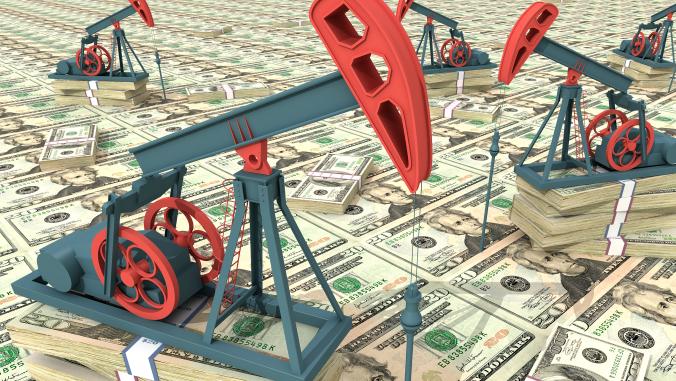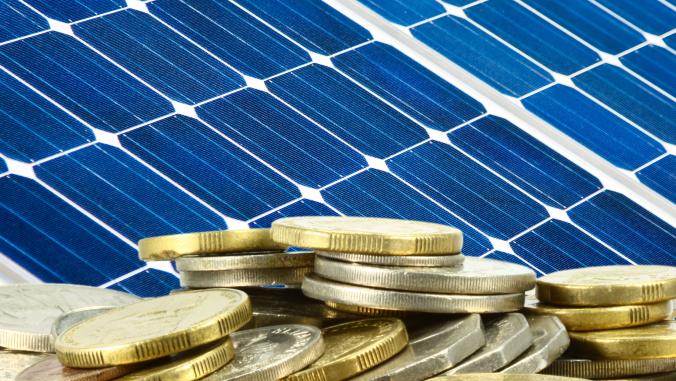NYSE Euronext, Bloomberg Launch New Clean Energy Stock Indexes
<p>The indexes, which will track clean energy stocks in three regions globally, will soon be joined by industry-specific indexes; in the U.S., new sources of investment must be found to maintain the growth spurred by stimulus funds.</p>

This week, NYSE Euronext and Bloomberg New Energy Finance (BNEF) announced the launch of three regionally-focused clean energy stock indexes. The new indexes will cover the Americas; the Europe, Middle East and Africa (EMEA) region; and Asia and Oceania.
According to a study published earlier this year by BNEF, global investment in clean energy reached a record $243 billion in 2010, a 30 percent increase over 2009. Each of the three new clean energy indexes will follow between 125 and 325 companies with at least a moderate exposure to renewable energy and other clean energy technologies. The companies to be followed will be selected from BNEF's database of over 1,000 non-OTC quoted companies with at least 10 percent of their activity in clean energy.
With growth in wind farm development in China and progress in battery technology elsewhere in Asia, there are as many equities qualifying for the index for that region as there are in the other two indexes combined.
While global investment in clean energy has undergone a marked increase, the performances of the three new indexes experienced volatility in returns. The Asia-Oceania index was down 33 percent during the first ten months of 2011, while the Americas index was down 17 percent and the EMEA index was down 14 percent.
Michael Liebreich, chief executive of BNEF, stated, "There are several clean energy equity indexes already available to investors. However there is a need for more detail, particularly about the differing growth prospects for clean energy companies in regions of the world."
In addition to the growth in clean energy investment in Asia, Liebreich noted, "The Americas are playing host to entrepreneurial effort in first- and second-generation biofuels and a take-off in wind development in Latin America."
The partners say that the new indexes are the first in a family that will eventually include indexes tracking solar power, wind energy, energy efficiency, and electric vehicles.
In the U.S., where virtually all of $65 billion in funding for renewable energy has already been deployed, the "renewable energy sector must attract new investors and make use of unique tax-based financing structures in the next 18 months or risk a sharp drop in new project builds," according to a recently published white paper by BNEF.
"Since 1999," the report states, "The production tax credit has been allowed to lapse by Congress on three occasions, with each lapse resulting in a precipitous drop in new wind installations." The Treasury Department's cash grant program is due to expire at the end of this year.
However, the report continues, there remains a "vast pool" of potential tax equity supply in the U.S.. The participation of even a small number of the nation's 500 largest companies "could narrow the gap between demand and supply."
Furthermore, rates of return for many renewable energy projects "can meet hurdle rates for both developers and investors," the report states. Analysis of wind power projects by BNEF reveals that developers can enjoy returns of as much as 19 percent, while returns for investors could reach 49 percent.
Stock board photo via Shutterstock.





